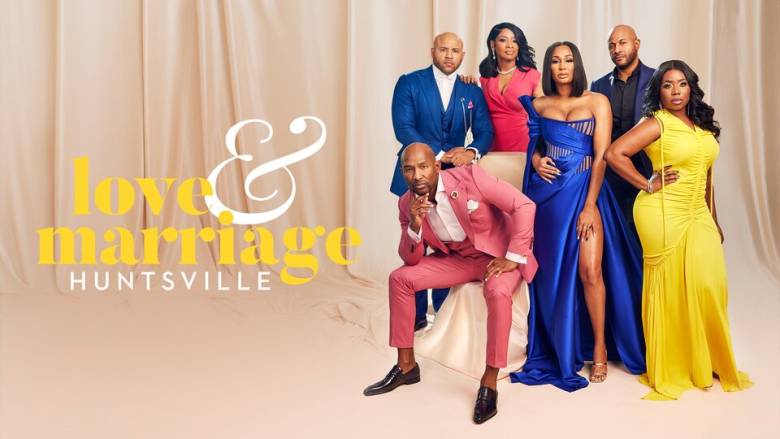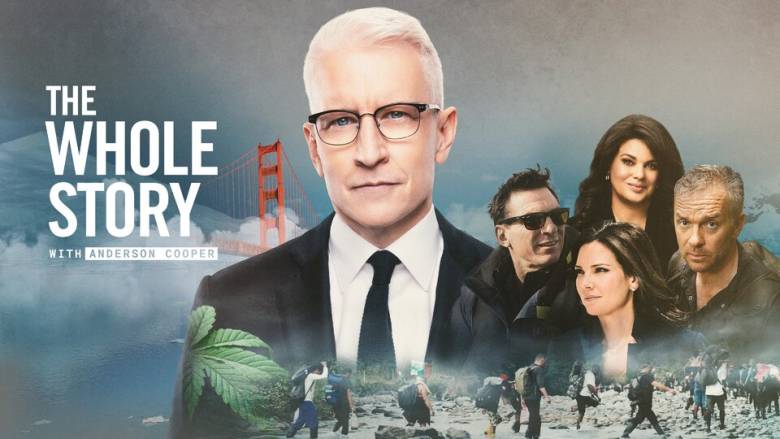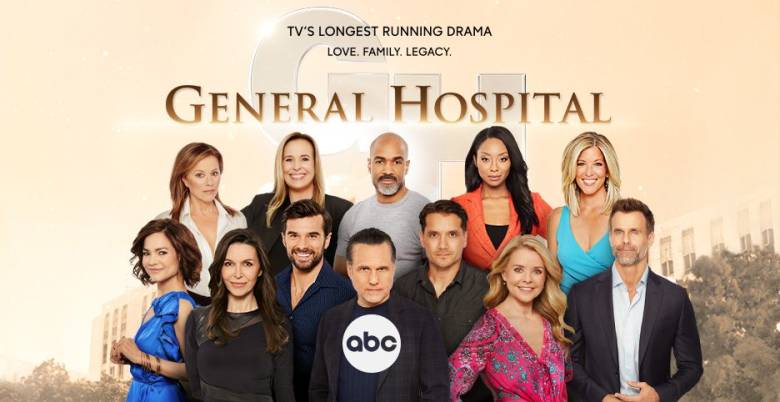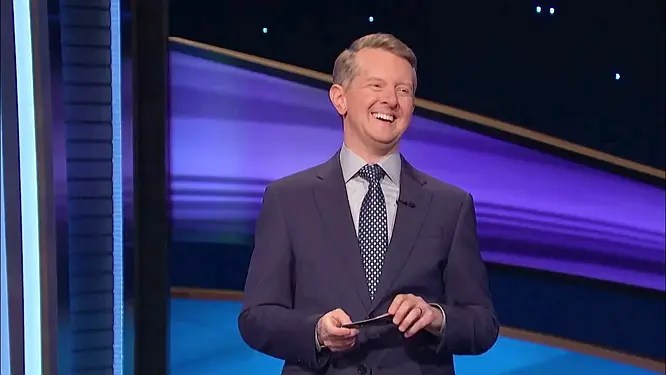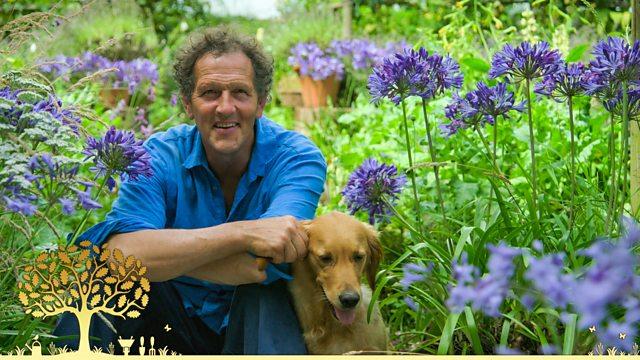How did you prepare for the shoot, and how did the costume design evolve?
The experience of preparing for this project was quite unlike anything I’ve ever done before because normally we’d have twelve weeks, if we were lucky, to prepare something of this scale. Originally, we were going to shoot in September 2020. With all the delays due to the pandemic, the script had to evolve into happening in the wintertime. At the end of the story, the characters end up in Wyoming, which is mountainous and cold, so there were lots of allusions in the script to people wearing bear furs, wolf skins. We started to prepare all of this, but there was a travel ban in the new year. It then turned into a summer shoot.
I’d already done quite a lot of work for the first lot of principals. I was worried about Valerie Pachner being cold, so we made coats out of thick wool with a big hood and she had woollen shirts underneath. Then, Leticia Palomares, who’s our fantastic breakdown artist, took a blowtorch to this wool and it transformed the fabric into something that looked more hardwearing and thinner.
When you first read the scripts, what jumped out at you from a costume designer’s point of view?
What really impressed me was the strong dramatic contrast between the characters – that’s great for a costume designer. Emily Blunt plays an English woman, very well born, who’s come to America on a revenge quest. She’s a fish out of water. When we first see her arrive, she almost looks like she’s in My Fair Lady. She steps out into this wilderness, and she encounters Eli – it was fascinating to play those two characters off against each other.
From a costume designer’s point of view, what is it about a Western that makes people get so excited about it?
The actors have been terribly excited about it being in a Western. They all want to be cowboys! I’ve never done a Western before and it was an interesting brief because Hugo wanted extreme realism, as well as a heightened romanticism. My approach was not to look at how other people had done it but to go to the source material. There’s such a rich photographic treasure trove for this period.
How did you find collaborating with Emily Blunt for Cornelia Locke’s costume design?
Emily was very responsive to everything. In most of the show, you see her in a riding outfit, which gets more and more distressed. Riding outfits were traditionally made in green, possibly blue. But it couldn’t be blue because Eli had to wear a blue cavalry tunic. We looked at greens on Emily, but then she said that she thought Cornelia should be the colour of bruises. It’s a big decision because it’s such a big part of the image, but it seemed to really work and I’m so glad she pushed for that. Emily’s got a terrific instinct about all these things.
Could you talk a little bit about Melmont, and your collaboration with Rafe Spall?
The last scene we see him in, he’s on a rig, so it’s muddy and industrial. I thought it would be great if he had a coat that he might swan down some street in New York in, because he’s made a lot of money by this point. He’s out in the middle of nowhere and he doesn’t care if he gets mud on it because he’ll get another one. It’s got an astrakhan collar that’s pale in colour, but at the same time he’s got trousers and a big hat. As soon as Rafe put it on, he started swaggering about. He seemed to really relish this sort of dandified thing. You never quite know with actors; you just follow your own instinct and hope it will spark something in the actor’s imagination.
Could you tell us about your collaboration with Chaske Spencer, who plays Eli Whipp?
I met Chaske about three weeks before we started filming, so we didn’t discuss much before the shoot. One of the authentic things that we had to try and get right with him was the wearing of the breechcloth and the leggings. This is often fudged a bit, but Hugo wanted us to make it how they actually wore these things. It can be quite revealing because the Pawnee would wear a loincloth and the leggings were like chaps. Then, a breechcloth – which is a length of fabric – would hang at the front and be tucked through the legs to the back. Some weird alchemy happened when he tried on the trade blanket and the buffalo robe. He just transformed at that moment.
What are the main differences in the two periods that feature in The English (1870s and 1890s)?
1890 is the main thrust of the story and there are some flashback scenes in 1875. The shape in 1890 for Emily Blunt’s character is quite a vertical, angular shape. In the 1870s, it’s very different; the skirts are very elaborate with a bustle cage at the back and a lot of drapery. Another aspect, which is quite important dramatically, is that in the 1890s she’s completely covered up. You never see any skin at all. But in the 1870s, when we see her in her extreme youth, I was able to play with decolletage a lot more.
What do you think it is about Hugo’s writing and directing that makes his projects stand out?
I think Hugo Blick is a very interesting director. The English is full of nuance, it doesn’t go for the obvious. It’s a complex story and yet it’s very exciting and the characters are extremely compelling. There’s a succession of extraordinary people that Cornelia and Eli come across throughout the course of their quest. They’re isolated in the landscape, which I realised was going to make the costumes very exposed, so we had to make sure they were all very different. But the way they’re written, half the work is done for you because there’s such a lot to latch onto.
The costumes in The English age throughout the series, amplifying the difficult journeys some of the characters have been on. Why is the work of a Costume Breakdown Artist important?
We’ve got a fantastic breakdown department, which is run by Leticia – we’re extremely lucky to have her. We always have a breakdown expert on set, which I’ve never had before. Having her on set has been amazing because this show is all about breakdown. Some of these characters have been in the saddle for weeks and weeks, if not years, and that ageing process is a real skill. On Cornelia’s riding outfits there are five stages. It’s very subtle, but she has this line where she says, “look at what this country has done to me”, so you had to see the effects of it on her dress or the line wouldn’t make sense. Not only ageing, but also making textures and dyeing.




